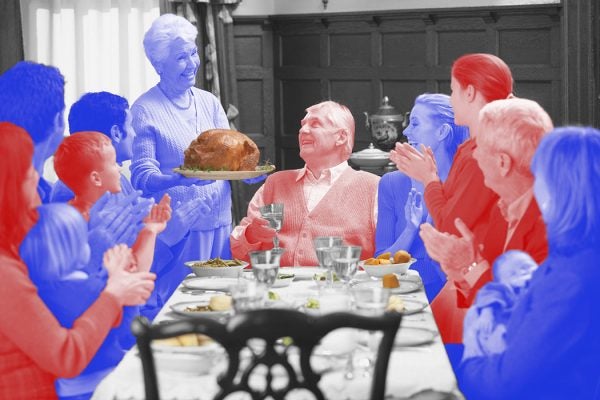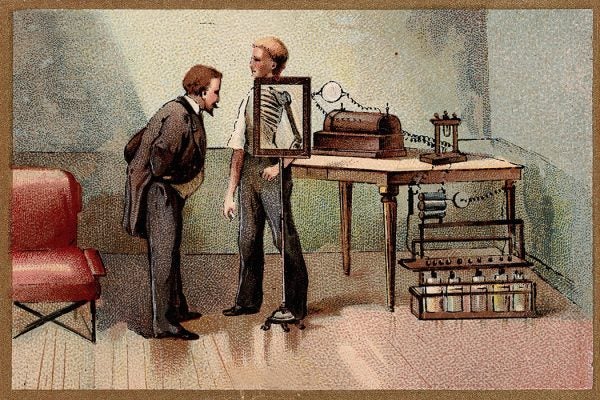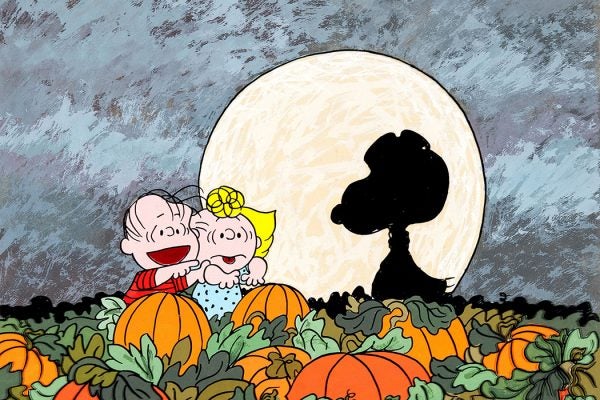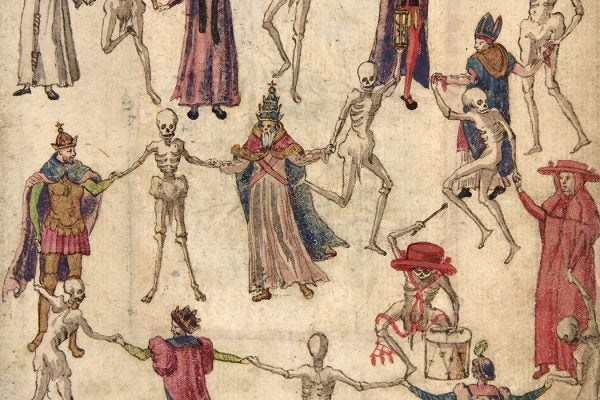Why Ottoman Sultans Locked Away Their Brothers
Fratricide among rival princes was legal and widely practiced until 1603, so confinement to the palace was actually an improvement.
Vulgarity: An Alternative Language of the People
Was Francis Grose's Classical Dictionary of the Vulgar Tongue the font of all popular culture studies?
America, Where the Dogs Don’t Bark and the Birds Don’t Sing
The Comte de Buffon's thirty-six volume Natural History claimed that America was a land of degeneracy. That enraged Thomas Jefferson.
Talk about This, Not That
Looking to avoid politics at the holiday dinner table? Food trivia, ground-up mummy pigment, and snake jaws ought to do the trick.
Vegetarian Thanksgiving Dates Back to the 1900s
Tofu Turkey was created in 1990, but some Americans celebrated Thanksgiving with veggie dishes over a century ago.
The X-ray Craze of 1896
For many science-obsessed Victorians, X-rays were not just a fun novelty, but a potential miracle cure.
The Fear of Being Buried Alive (and How to Prevent It)
Pliny the Elder remarked: “Such is the condition of humanity, and so uncertain is men’s judgment, that they cannot determine even death itself.”
How the Great Pumpkin Became Great
The origins of Linus's pumpkin deity, who "rises out of the pumpkin patch and flies through the air and brings toys to all the children in the world."
A Roman Feast… of Death!
The banquet hall was painted black from ceiling to floor. By the pale flicker of grave lamps, the invited senators coud make out a row of tombstones.
Did Humans Once Live by Beer Alone? An Oktoberfest Tale
Some scholars have suggested that humans first started growing domesticated grains in order to make not bread, but beer.









